“An American” (1775-1790)
Benjamin Franklin leaves London and returns to wartime Philadelphia where he joins Congress and helps Thomas Jefferson craft the Declaration of Independence. In Paris, he wins French support for the American Revolution then negotiates a peace treaty with Britain. He spends his last years in the new United States, working on the Constitution and unsuccessfully promoting the abolition of slavery.
Episodes
-

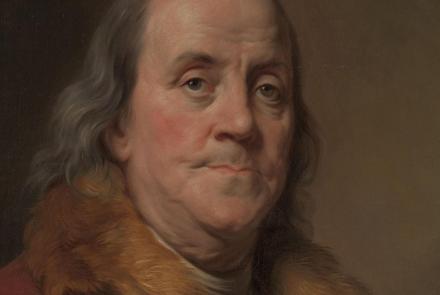
“An American” (1775-1790)
S1 E2 - 1h 54m
Benjamin Franklin leaves London and returns to wartime Philadelphia where he joins Congress and helps Thomas Jefferson craft the Declaration of Independence. In Paris, he wins French support for the American Revolution then negotiates a peace treaty with Britain. He spends his last years in the new United States, working on the Constitution and unsuccessfully promoting the abolition of slavery.
-

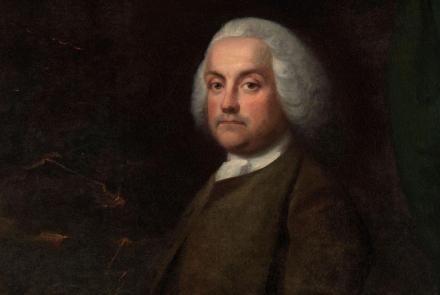
Spanish Version | “Join or Die” (1706-1774)
S1 E3 - 1h 55m
Leaving behind his Boston childhood, Benjamin Franklin reinvents himself in Philadelphia where he builds a printing empire and a new life with his wife, Deborah. Turning to science, Franklin's lightning rod and experiments in electricity earn him worldwide fame. After entering politics, he spends years in London trying to keep Britain and America together as his own family starts to come apart.
-

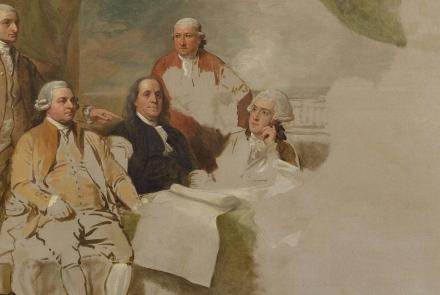
“Join or Die” (1706-1774)
S1 E1 - 1h 55m
Leaving behind his Boston childhood, Benjamin Franklin reinvents himself in Philadelphia where he builds a printing empire and a new life with his wife, Deborah. Turning to science, Franklin's lightning rod and experiments in electricity earn him worldwide fame. After entering politics, he spends years in London trying to keep Britain and America together as his own family starts to come apart.
Extras + Features
-
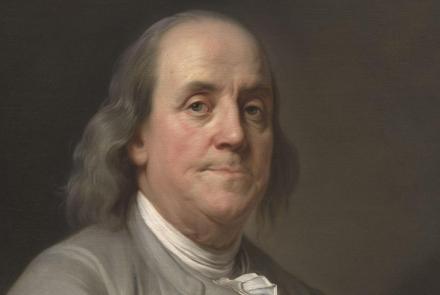
Official Trailer
31s
Ken Burns’s four-hour documentary, Benjamin Franklin, explores the revolutionary life of one of the 18th century’s most consequential figures, whose work and words unlocked the mystery of electricity and helped create the United States.
-
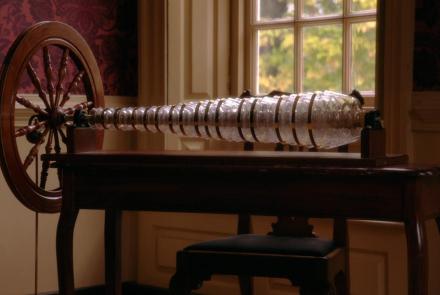
Benjamin Franklin Invents the Glass Armonica
1m 55s
Franklin developed a musical instrument that he called the armonica (after the Italian word for harmony). To play the armonica, a musician powered a foot pedal to rotate 36 concentric glass bowls and produced notes by putting wet fingers to the spinning glass. In Austria, the glass armonica provided the music for a royal wedding. Mozart and Beethoven would compose chamber pieces for it.
-
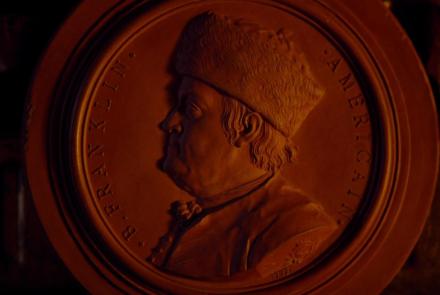
An American Celebrity in France
4m 37s
In 1776, people in France had never heard of any American, except for Benjamin Franklin. Congress sent Franklin to Paris to win foreign support for the American Revolution, and the French people treated him like a celebrity when he arrived. But Franklin had serious business to attend to. Without aid from the French monarchy, America’s fight for independence might be lost quickly.
-
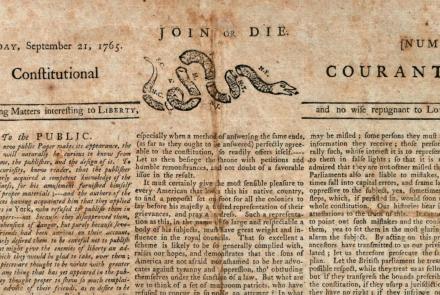
The Stamp Act
3m 46s
The recent war with France had expanded England’s empire, but left its treasury depleted. In the spring of 1765, the king’s ministers and Parliament came up with a new way to raise more money from the American colonies: The Stamp Act. Now, all legal documents, newspapers, books, almanacs—even decks of playing cards—would need official stamps, purchased from the government.
-
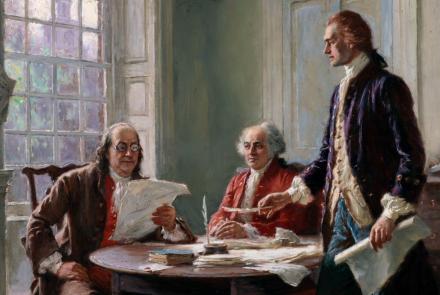
The Declaration of Independence
3m 17s
After reading Thomas Jefferson’s draft of the Declaration of Independence, Franklin offered only a few edits, but one of them was pivotal. In his draft, Jefferson’s most important sentence began, “We hold these truths to be sacred and undeniable, that all men are created equal…” Franklin crossed out “sacred and undeniable” and wrote in “self-evident.”
-
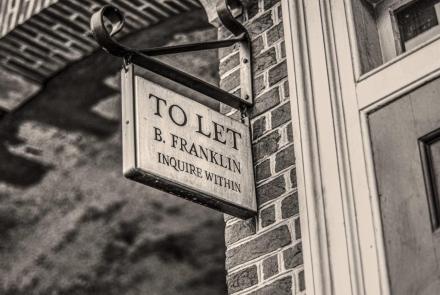
Franklin and Slave Labor
1m 49s
Slavery was legal in all thirteen colonies that eventually formed the United States. In the middle of the 18th Century, nearly a tenth of Philadelphia’s residents were enslaved—working in businesses and homes, including Franklin’s. Many Philadelphians, including Franklin’s friends and colleagues, were vocally antislavery. But Franklin, committed to slave labor, did not join them.
-
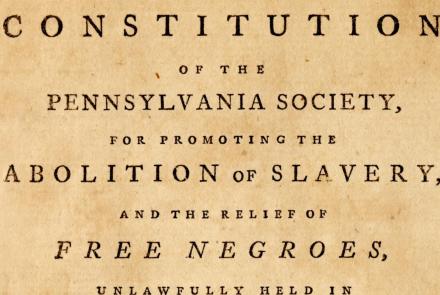
Franklin and the Antislavery Movement
7m 5s
Franklin, though a former slave owner, had joined the growing antislavery movement in Philadelphia. With the Pennsylvania Society for Promoting the Abolition of Slavery, he petitioned the new federal government to end slavery in the United States. Because of Franklin’s reputation, the petition was heard. But the House of Representatives voted it down, and the Senate tabled it without discussion.
-
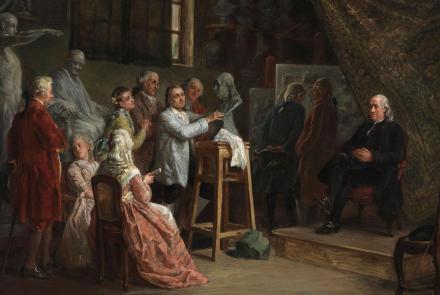
Behind the Scenes | Exploring Benjamin Franklin
2m 2s
Get an inside look from Ken Burns and those featured in the film on why they chose to explore the life of Benjamin Franklin.
-
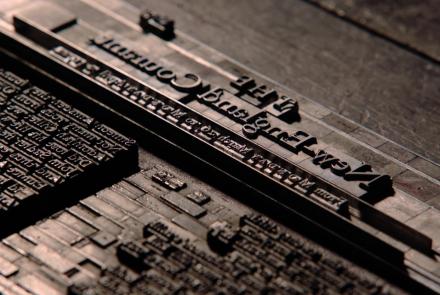
Franklin Makes a Name for Himself as a Printer
3m 53s
Franklin, who had only two years of formal education, largely taught himself through reading and on the job. At age 12, he joined his older brother James’s print shop as an apprentice printer. Later, when an essay appeared in James’s newspaper over the name Silence Dogood, no one, including James, knew the real author was 16-year-old Benjamin.
-
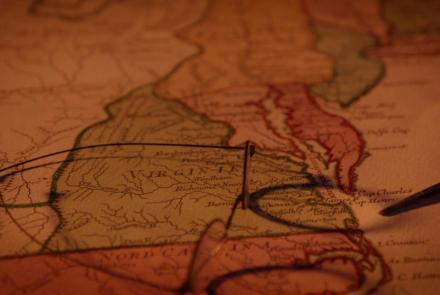
Franklin Hears About Washington’s Victory at Yorktown
2m 39s
In November 1781, Franklin heard news of the victory at Yorktown, the decisive battle of the American Revolution that was won by the combined forces of the French military and George Washington’s Continental Army. Back in 1778, Franklin had secured the alliance that brought France into the war, and without the French Army and Navy, the outcome at Yorktown would not have been possible.
-
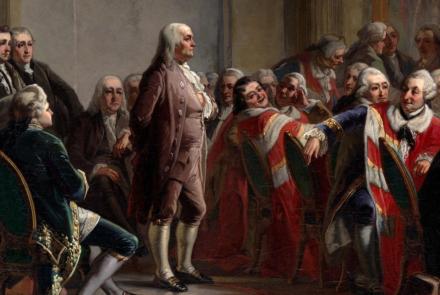
Publicly Humiliated in London
6m 2s
As Britain and the colonies grew apart, Benjamin Franklin, the most famous American in London and an agent for several colonies, found himself caught in the middle. After the Boston Tea Party, he was publicly humiliated in a government meeting room called the Cockpit and blamed for the crisis across the ocean. It was clearer than ever that Franklin would have to choose a side.
-
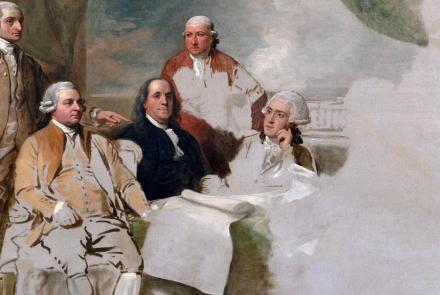
The Treaty of Paris, 1783
4m 20s
On September 3, 1783, Franklin and the other peace commissioners signed the Treaty of Paris. The American Revolutionary War was over, and Britain officially recognized the independent United States of America and its claims to a third of the North American continent. For others who were not party to the peace talks, especially Native Americans, the treaty was devastating.
Schedule
WETA Passport
Stream tens of thousands of hours of your PBS and local favorites with WETA Passport whenever and wherever you want. Catch up on a single episode or binge-watch full seasons before they air on TV.
Similar Shows
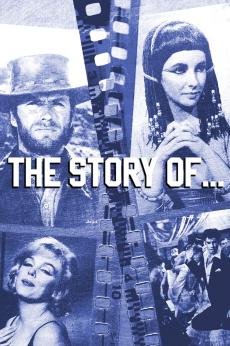
The Story Of...
History

Treasures with Bettany Hughes
History
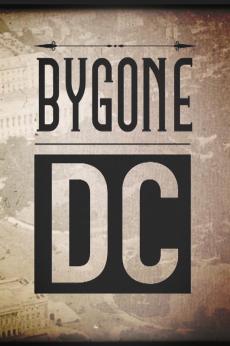
Bygone DC
History
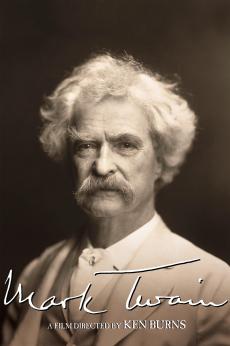
Mark Twain
History
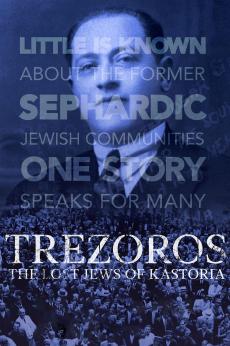

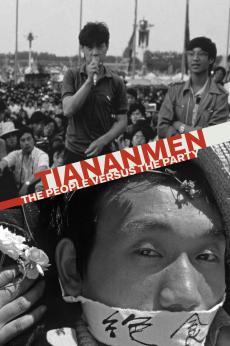
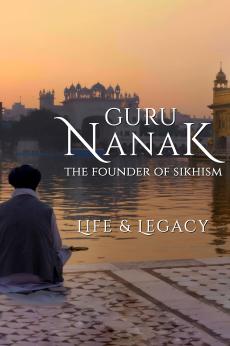
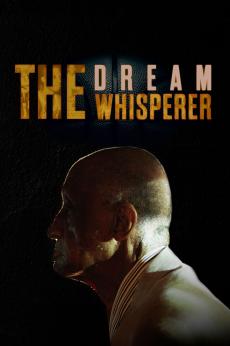
The Dream Whisperer
History
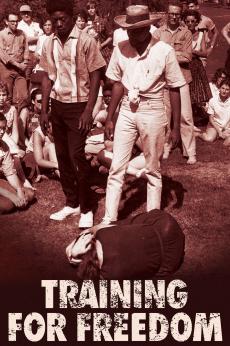
Training for Freedom
History